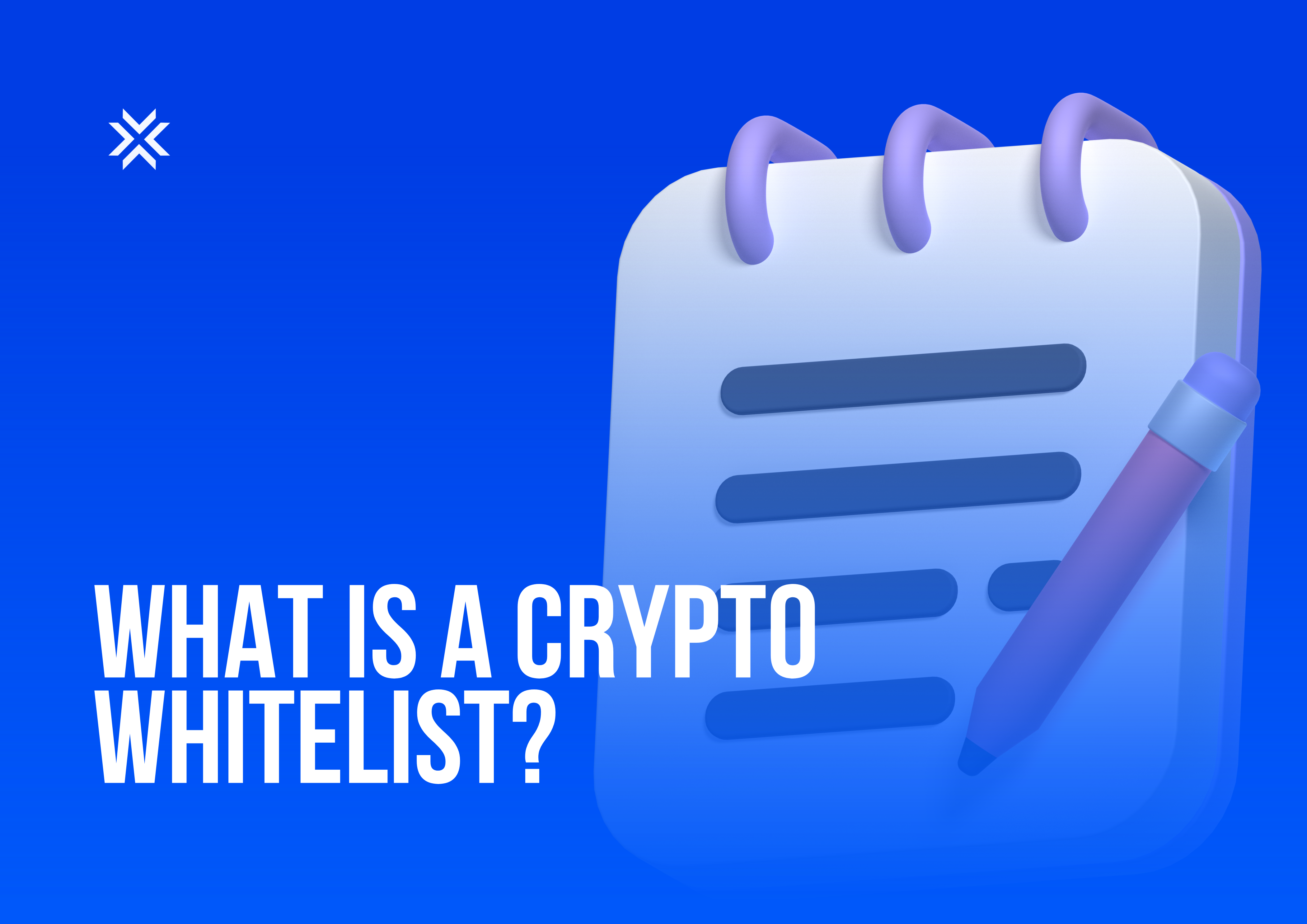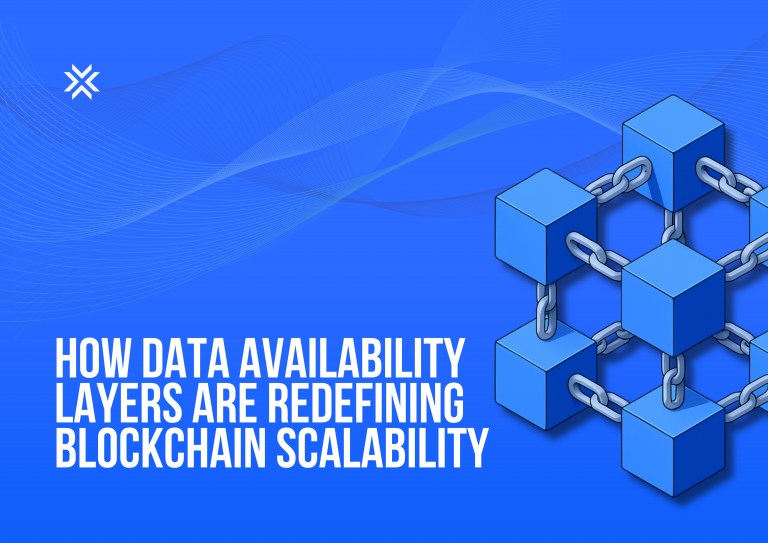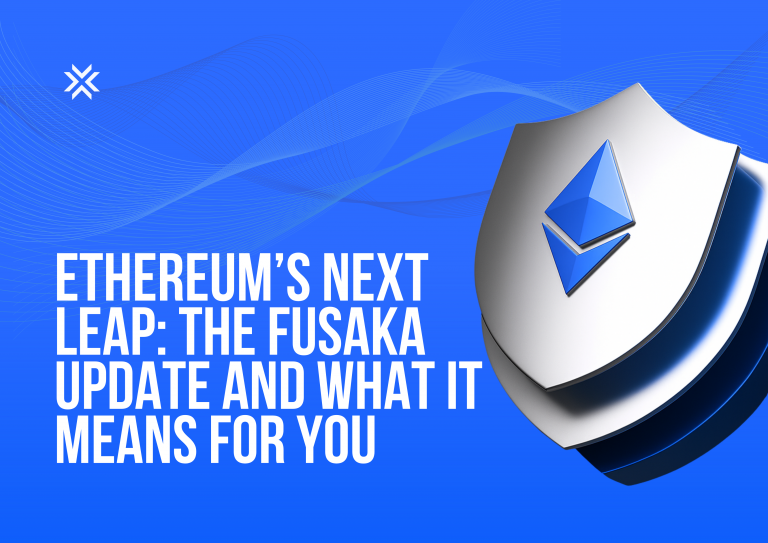In the fast-paced world of crypto, gaining early access can make all the difference — whether it’s a new token launch, NFT drop, or platform feature. This is where crypto whitelists come into play.
Let’s break down what a crypto whitelist is, how it works, and why it matters in both the token and NFT spaces.
What Is a Crypto Whitelist?
A crypto whitelist is a curated list of pre-approved participants who are granted access to specific events or features within the crypto ecosystem. This includes:
- Initial Coin Offerings (ICOs)
- Initial Exchange Offerings (IEOs)
- NFT pre-sales or minting events
- Withdrawal address restrictions on exchanges
Whitelisting is essentially a gatekeeping mechanism to ensure that only verified or selected users are allowed to participate in certain crypto activities.
Whitelisting in Token Sales (ICOs & IEOs)
In the context of token launches, a whitelist is used to control who can participate in an ICO or IEO. Projects often open a “whitelisting window” before the actual sale, during which users can register and submit required KYC information.
This process helps projects:
- Vet users for compliance
- Prevent bots or malicious actors
- Manage the number of participants
- Offer early or exclusive access to trusted community members
Being whitelisted in a token sale often means getting access to better pricing or guaranteed allocation before tokens go public.
Whitelisting in NFTs
Whitelisting has also become a core strategy in NFT minting. When a new NFT collection is set to drop, creators often allow only whitelisted wallets to mint during the first phase.
Here’s how it benefits everyone:
- Collectors get guaranteed minting slots without competing in gas wars.
- Projects can reward loyal community members with early access.
- Bots and scalpers are reduced, making the sale fairer.
Often, to make it onto an NFT whitelist, users must engage with the project, such as participating in Discord events, Twitter campaigns, or contributing fan art.
Whitelisting for Security
In the exchange world, whitelisted withdrawal addresses are used to boost security. You can lock withdrawals to a list of approved wallet addresses, preventing funds from being sent to unknown or malicious destinations, even if your account gets compromised.
This form of address whitelisting is commonly used on centralized exchanges.
Benefits of Being Whitelisted
- Early access to high-demand events or tokens
- Exclusive pricing or allocation
- Reduced competition and less slippage
- Increased security for withdrawals
- Community recognition for early supporters
How to Get on a Whitelist
Getting whitelisted usually involves a few steps:
- Register early on the platform or project site
- Complete KYC, if required
- Join and engage in the community (for NFT drops)
- Provide wallet address for verification
- Follow specific tasks like social media campaigns or referral invites
Some projects might be invite-only, while others reward active community members through merit-based whitelisting.
Whitelisting vs. Blacklisting in Security
In broader IT and cybersecurity contexts, whitelisting refers to allowing only pre-approved entities (IP addresses, applications, domains, etc.) to access a system, the opposite of blacklisting, which blocks specific items.
Similarly, smart contracts for NFT mints may include a whitelist function that checks if your wallet address is eligible to mint before allowing the transaction.
Final Thoughts
Crypto whitelisting serves both as a security mechanism and a community reward system. Whether you’re aiming to participate in a high-demand ICO or score early access to the next blue-chip NFT, whitelists can be your ticket in.
If you’re active in the crypto space, getting whitelisted can mean being ahead of the curve, but remember, with privilege comes responsibility. Always double-check that the whitelist opportunity is legitimate and not a scam in disguise.
FAQs
1. What is a crypto whitelist?
A crypto whitelist is a list of approved participants who are granted early or exclusive access to specific crypto events like ICOs, IEOs, NFT mints, or secure withdrawal functions on exchanges.
2. How do I get on a crypto whitelist?
To get whitelisted, you typically need to register early, complete KYC (if required), provide your wallet address, and sometimes engage with the project community through social media or Discord activities.
3. Why is whitelisting important for NFTs and token sales?
Whitelisting helps prevent bots, ensures fair access, and rewards engaged users. It also offers early access or guaranteed participation in high-demand sales, often at better prices.
4. Is crypto whitelisting safe and secure?
Yes, whitelisting is often used to improve security—especially when restricting withdrawals to pre-approved wallet addresses. However, always verify that the whitelist opportunity is from a legitimate project to avoid scams.
5. Can anyone be added to a whitelist?
Not always. Some whitelists are open to the public with basic requirements, while others are selective or invite-only, rewarding community engagement, referrals, or early support.









